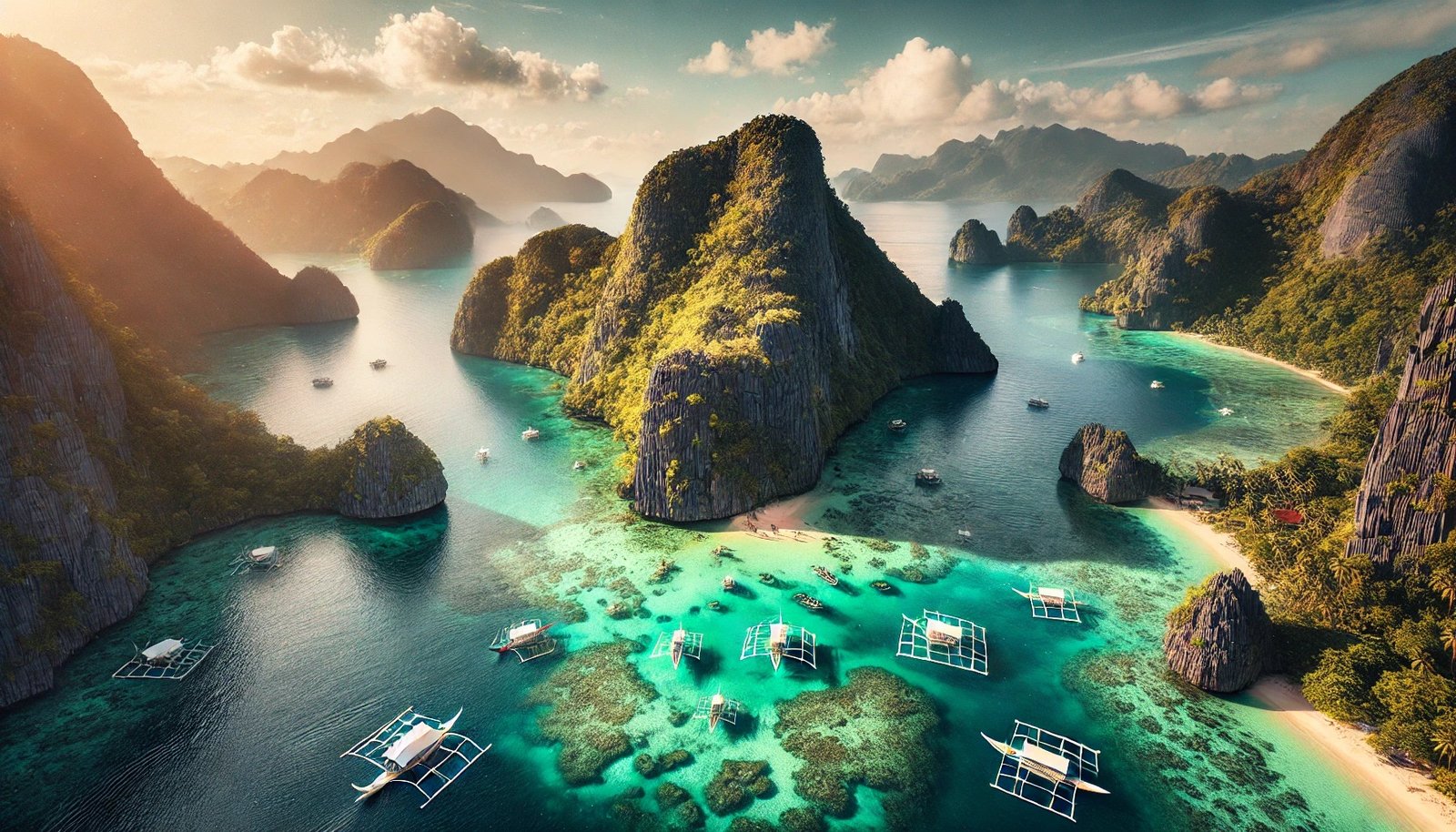Philippine Culture & Arts
A vibrant tapestry woven from indigenous traditions, cultural influences, and creative resilience
A Living Heritage of Creativity
Philippine culture and arts are a vibrant tapestry woven from indigenous traditions, influences from Asian and Western cultures, and a unique blend of creativity and resilience. This rich artistic heritage serves as a medium for self-expression, cultural preservation, national pride, and social engagement, reflecting the history, values, beliefs, and aspirations of the Filipino people.
Traditional Arts
Folk architecture, maritime transport, weaving, carving, folk performing arts, literature, and pottery showcase indigenous Filipino creativity.
Historical Influence
Interactions with Chinese traders, Spanish conquistadors, and American rulers have shaped Philippine culture and artistic expression.
Contemporary Art
Modern Philippine art encompasses visual arts, literature, music, theater, dance, architecture, and film in exciting new expressions.
Traditional Filipino Arts
Discover the rich heritage of traditional Filipino arts that have been passed down through generations, each telling a unique story of our cultural identity.
Weaving
Textile art where two distinct sets of yarns or threads are interlaced at right angles to form beautiful fabrics. Filipino weaving traditions include the intricate T'nalak of the T'boli people, the colorful Malong of Mindanao, and the delicate Piña fabric made from pineapple fibers.
Carving
A traditional art form used to create various objects including furniture, masks, and sculptures. Filipino wood carving includes the famous Bulul rice god statues of the Ifugao, ornate church retablos, and decorative okir patterns of Muslim Mindanao.
Pottery
Ancient ceramic traditions creating functional and decorative vessels. Vigan pottery, Burnay jars, and Manunggul burial jars showcase the mastery of Filipino potters throughout history, reflecting both practical needs and spiritual beliefs.
Folk Performing Arts
Traditional dances, music, and theatrical performances that tell stories of Filipino life. Includes the graceful Tinikling, passionate Singkil, festive Pandanggo, and dramatic Komedya performances that celebrate our cultural narratives.
Contemporary Filipino Masters
Celebrating the brilliant Filipino artists who have shaped the contemporary art landscape with their groundbreaking works and unique perspectives.
Fernando Amorsolo
Known as the "Grand Old Man of Philippine Art," Amorsolo captured the beauty of rural Filipino life through his luminous paintings.
Juan Luna
A revolutionary painter whose works reflected the Filipino struggle for independence and national identity.
Félix Resurreccion Hidalgo
A master of dramatic historical scenes and religious subjects, bringing Filipino artistry to international recognition.
Contemporary Art Forms
Modern Philippine art encompasses various mediums and expressions, each contributing to the rich tapestry of Filipino creativity.
Architecture
The design of buildings including the process of construction, reflecting Filipino innovation and cultural identity.
Literature
The art of written works, preserving Filipino stories, poetry, and narratives in multiple languages and forms.
Music
The art of organizing sounds in time, from traditional kundiman to modern OPM (Original Pilipino Music).
Dance
The art of movement in time and space, expressing Filipino culture through traditional and contemporary choreography.
Theater
The art of performance in a live setting, bringing Filipino stories to life through drama and musical theater.
Film
The art of storytelling through moving images, showcasing Filipino narratives to local and international audiences.
Visual Arts
Painting, sculpture, and other forms of art that are primarily visual, expressing Filipino creativity and perspective.
Digital Arts
Modern expressions using technology, from digital painting to multimedia installations and virtual reality art.
Cultural Agencies
Organizations dedicated to preserving, promoting, and developing Philippine culture and arts for future generations.
Cultural Center of the Philippines (CCP)
The premier institution for arts and culture, fostering artistic excellence and cultural development across the archipelago.
National Museum (NM)
Guardian of the nation's cultural heritage, preserving artifacts, artworks, and historical treasures for education and inspiration.
National Library (TNL)
Repository of Filipino literature and knowledge, preserving written works and providing access to cultural information.
Experience Filipino Culture & Arts
Immerse yourself in the rich cultural heritage of the Philippines. From traditional crafts to contemporary galleries, discover the artistic soul of the Filipino people.

